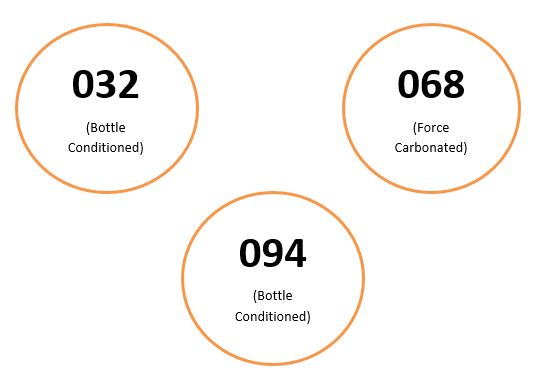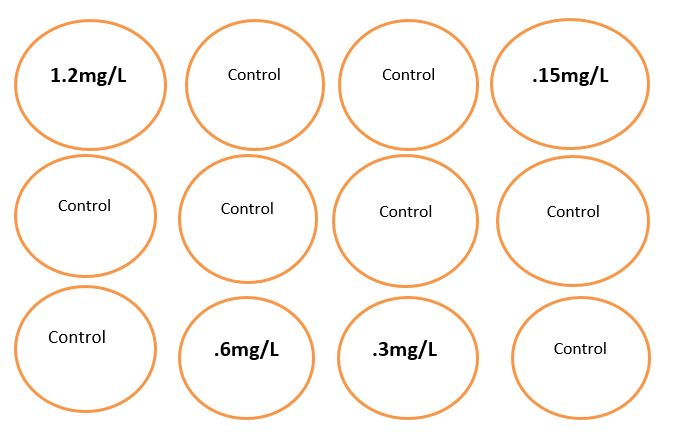By Sean Coughlin
Have you ever split a batch to dry-hop it a few different ways? How about brewing the same recipe but changing your base malt? Decoction or step mash? We are presented with many decisions to make with every batch we brew. Do the differences stick out enough to matter? With the incredible number of variables regarding recipe construction, brewing process, and packaging, you may find the triangle test helpful in fine-tuning a recipe to take it to the next level.
This is an ideal project for a homebrew club, CEP class, exam review group, or the discriminating homebrewer.
Once you have figured out what you would like to test for, make sure to run your triangle blind. The only thing your subjects need to know is that two of the samples in front of them are the same and one is different. Their objective is to figure out which of the three is different. Offer them space to write comments. If you choose, you may tell them the style of beer being sampled but that is not necessary. Ideally, you will be able to provide the best possible environment – beer clean glassware, good lighting, odor-free space without distractions, etc.
Example
Test: To determine whether bottle conditioning/force carbonation makes a difference in a Belgian Golden Strong Ale in appearance and/or mouthfeel.
Set up the glasses so that the subject can sample them simultaneously. Prepare examples in all variations (ABA, AAB, BAA, BAB, BBA, & ABB) with the subject only seeing a random 3 digit code that has been pre-assigned.

 The larger the pool of candidates, the greater the significance of the result will be. If 72 of 77 people in your homebrew club perceive a difference it will carry more weight than 12 of 17 people perceiving the same difference.
The larger the pool of candidates, the greater the significance of the result will be. If 72 of 77 people in your homebrew club perceive a difference it will carry more weight than 12 of 17 people perceiving the same difference.
The triangle test is also an excellent way to test for sensitivity to off-flavors. Hopefully with judging experience you have learned where your sensory strengths and weaknesses lie. There are people who simply cannot recognize diacetyl even if it is spiked at 10x the threshold. It may be helpful to learn exactly where your sensitivities are in regards to specific off-flavors.
The Siebel off-flavor kits available at subsidized rates to BJCP judges contain vials that will result in a concentration well above the flavor threshold, usually ~3x greater in 1L of beer. This makes for an easy way to test sensitivities. Take 1 vial and mix with .5L of beer for a 6x concentration and distribute samples. Add another .5L of beer to produce a 3x concentration, etc. & then set up a series of triangles for each panelist:
Diacetyl threshold testing using Siebel spike (0.6mg/L)
*Diacetyl has an approximate flavor threshold of 0.1 – 0.2mg/L in beer.

There are endless possibilities for the triangle test which is one of the reasons that it is among the most commonly used sensory tests in the brewing industry. Even though the preparation for setting up the test will take time it can be extremely valuable. You might use the results from a triangle to shave an hour off your brew day, incorporate a needed diacetyl rest into your fermentation, help you prepare for a master score on a tasting exam, or find the difference you need to go from good homebrew to world class homebrew. Cheers!
Sean Coughlin is a National Judge & works at the Genesee Brewing Company where he receives sensory training and participates on a daily taste panel.
References
- Meilgaard, M., Civille, G. V., and Carr, B. T. Sensory Evaluation Techniques, 4th ed. CRC Press, Boca Raton, FL, 2007.
- American Society of Brewing Chemists. Report of Sub-committee on Sensory Analysis. Journal 38:99, 1980.
- International Organization for Standardization. International Standard ISO 4120. Sensory Analysis-Methodology-Triangular Test. ISO, Paris, 2004.

